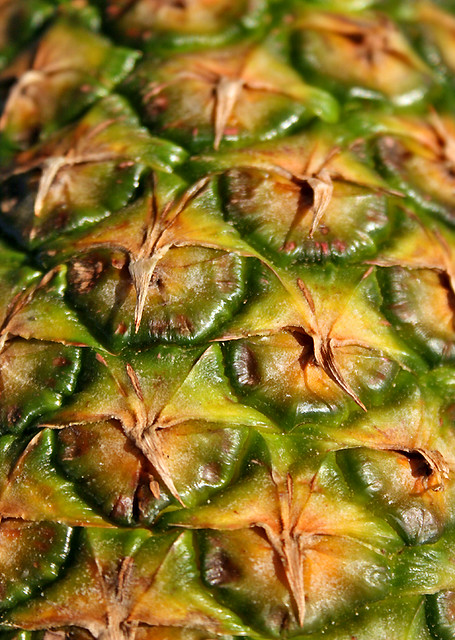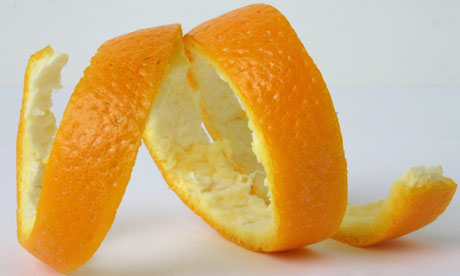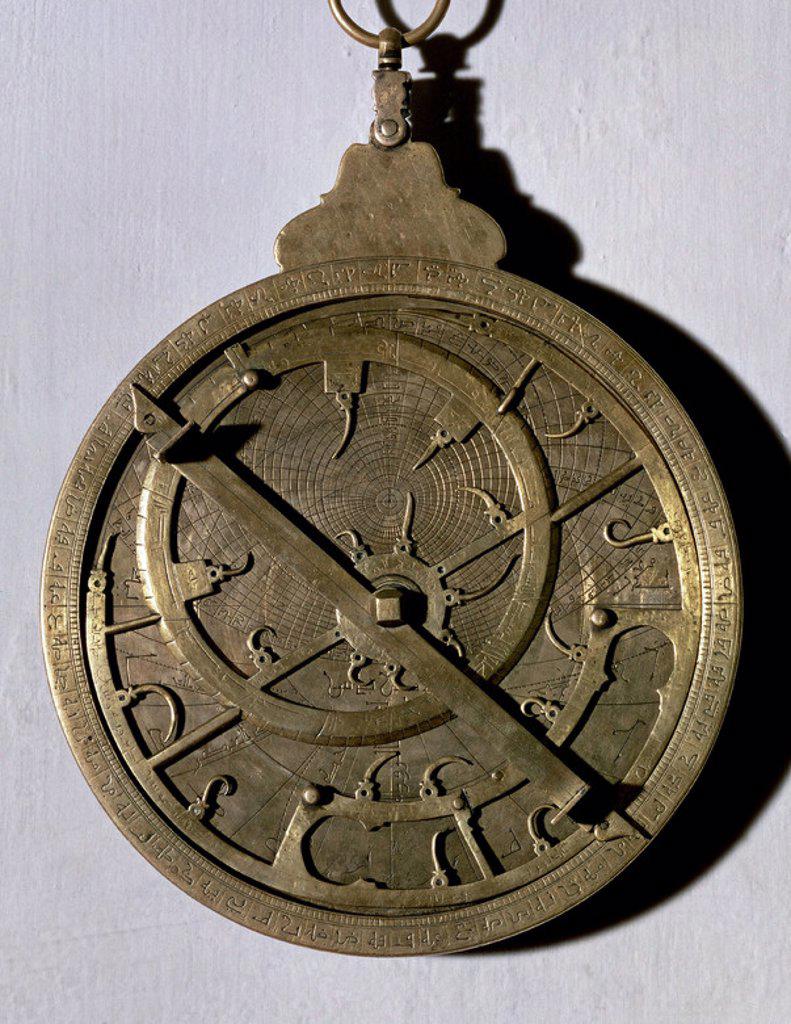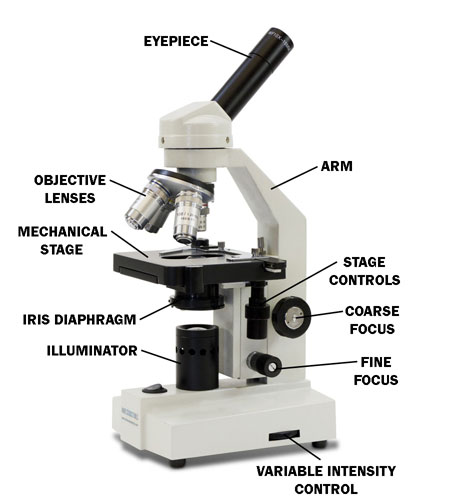
In it we created Visual Texture by using Line and Value. It looks like it is in 3D, but if you touch the paper, it is smooth.
Here are some examples of visual texture:

Antonio López García, 1968
Isabel Quintanilla, Jardín, 1966
Jamie Wyeth, The Islander, 1975
Louise Nevelson is an artist who worked with tactile/actual texture. She made monochromatic (one colour) sculptures:
We are going to make a paper sculpture using different textures. Bring your scissors and glue!











